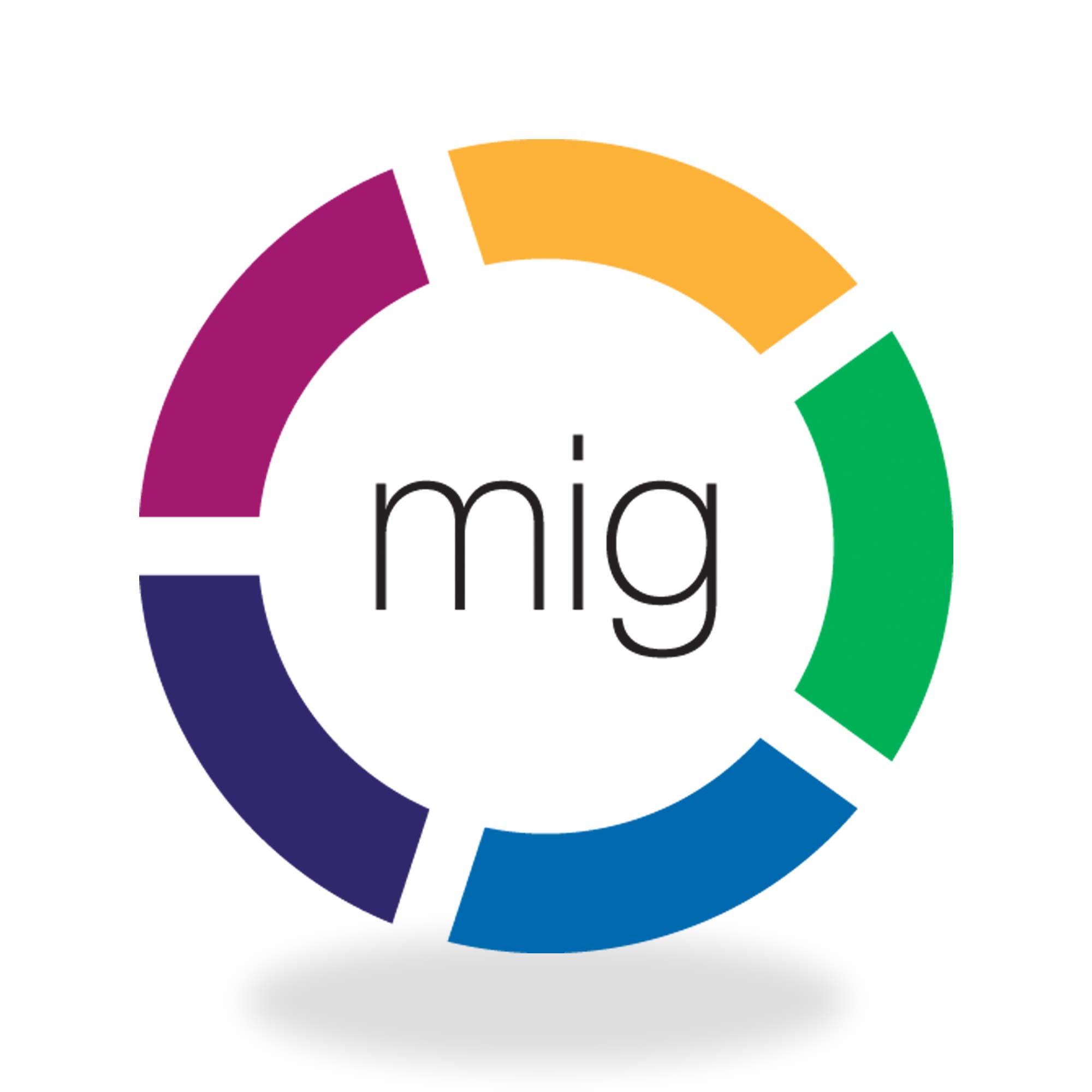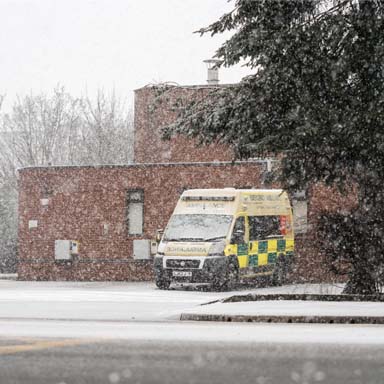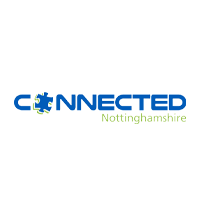Reflecting on 2021 and looking forward to 2022
As 2021 and my first year as Managing Director comes to an end, this marks an important time for us to reflect on the progress made towards a fully interoperable and digitalised healthcare sector, and the significant changes we have seen within the healthcare technology landscape throughout the pandemic.
By looking back at everything we have learnt over the past year, Healthcare Gateway can remain adaptive to the next stages of the nation’s response to new COVID-19 variants. Looking forward to 2022, we can set goals which continue to put patient care at the heart of everything we do.
From the outset this has been another year of significant change as we have all become accustomed to the new normal. Healthcare Gateway has continued to follow government advice, whilst doing everything we can to look after our employees: we’ve continued home working alongside voluntary nominated days in the office, as well as the use of collaboration hubs and meeting facilities to bring teams together for in-person working and social events. Employee health and wellbeing remains paramount at Healthcare Gateway, and allows us to keep serving our customers through these challenging times.
We recognise that our NHS colleagues have also changed their ways of working, and we have worked hard to support this using remote meetings as a normal now that we have proven technology can, in most cases, provide the same level of interaction. In situations that have required onsite, in-person meetings, we have supported this whilst working hard to ensure everybody’s safety.
During the year, Healthcare Gateway has become independent as we separated a host of functions from parent companies, and we are now responsible for all back-office functions. This includes: HR, admin, contracts, finance, and internal IT infrastructure. This independence has led to the development of a new department within HGL, and a restructure which sees key individuals taking lead roles with Customer Experience and Product Development. I am confident that this restructure is best designed to aid us in improving healthcare for all and provide our customers with interoperability products and services that meet their needs today and in the future.
Between the transition away from our parent companies, our internal restructure, and the ongoing challenges of COVID-19, there has been a lot to do at Healthcare Gateway. This allowed us to review our corporate and social responsibility which has resulted in a host of positive changes. We encouraged home working, removed company cars, reduced travel, closed an office as our staff transitioned to home working, removed all printing facilities, plus recycled old equipment.
Throughout 2021, we collaborated closely with our 80+ partners to make even more vital patient data available to those that need it. Nurturing and developing relationships with our partners is crucial to our success in facilitating data sharing and supporting our mutual customers in their efforts to provide the best possible patient care. We’re incredibly proud of what we have achieved by working closely together and realising the benefits for patients. In 2022, we’re looking forward to dataset developments including the launch of Mayden Iaptus (IAPT) Dataset which will enrich Shared Care Record ambitions with even more patient information via the MIG. Moreover, we’re looking forward to the development of Personal Demographic Service (PDS) functionality which will provide the foundation for us to be able to progress the retrieval of GP Connect data.
Our overarching strategy is to continue to support the NHS in their response to COVID-19, and their aims to advance ICS-wide digital solutions. Healthcare Gateway is not just a technology provider; we offer an end-to-end managed service to support every step of an interoperability journey, regardless of digital maturity. Our focus will continue to provide ICS-wide digital solutions as well as expanding our Medical Interoperability Gateway (MIG) coverage to support NHS Health Boards across Scotland to provide solutions solving interoperability challenges, enabling clinicians access to vital real-time patient data.
News of plans for NHS Digital and NHSX to merge into NHS England and NHS Improvement, bringing all the National Healthcare System’s tech, digital and data expertise together under ‘one roof’, is a move that has been expected. In reality, the challenges in making digital transformations are not technical; they are clinical, human and cultural. Combining these entities and providing a collaborative approach with a shared agenda should accelerate digital transformation. We are excited to see what comes of the merged organisation.
Wishing all a Merry Christmas and Happy New Year from the team at Healthcare Gateway
Liam King, Managing Director, Healthcare Gateway
Recent blog posts
By submitting this form, you agree to our privacy policy.
Contact us
To find out more about our solutions, get in touch.







 By Sarah Dunwell, Head of Projects and Product at Healthcare Gateway
By Sarah Dunwell, Head of Projects and Product at Healthcare Gateway 
